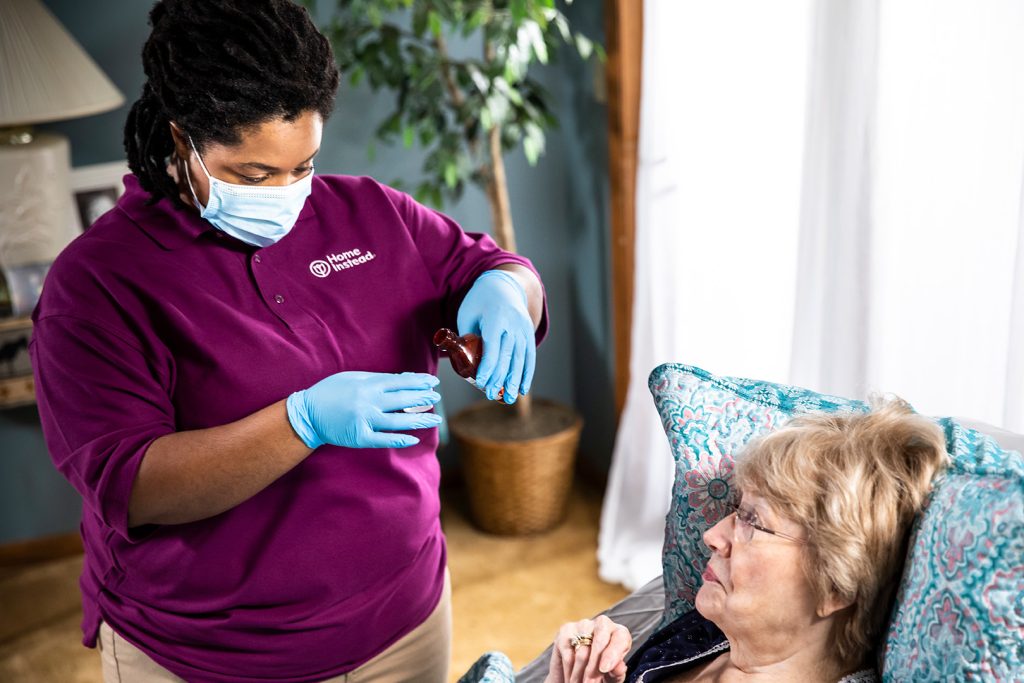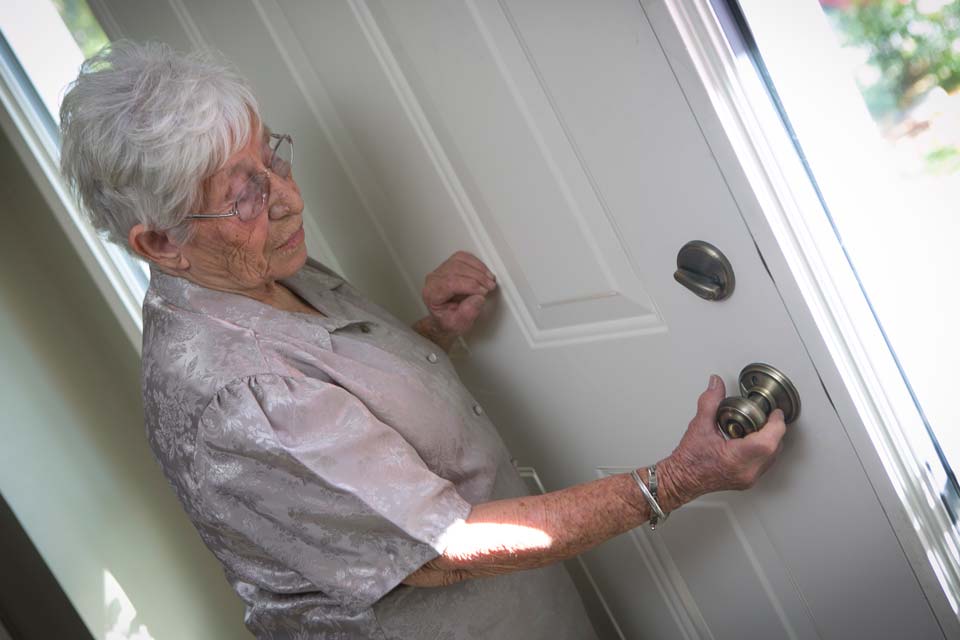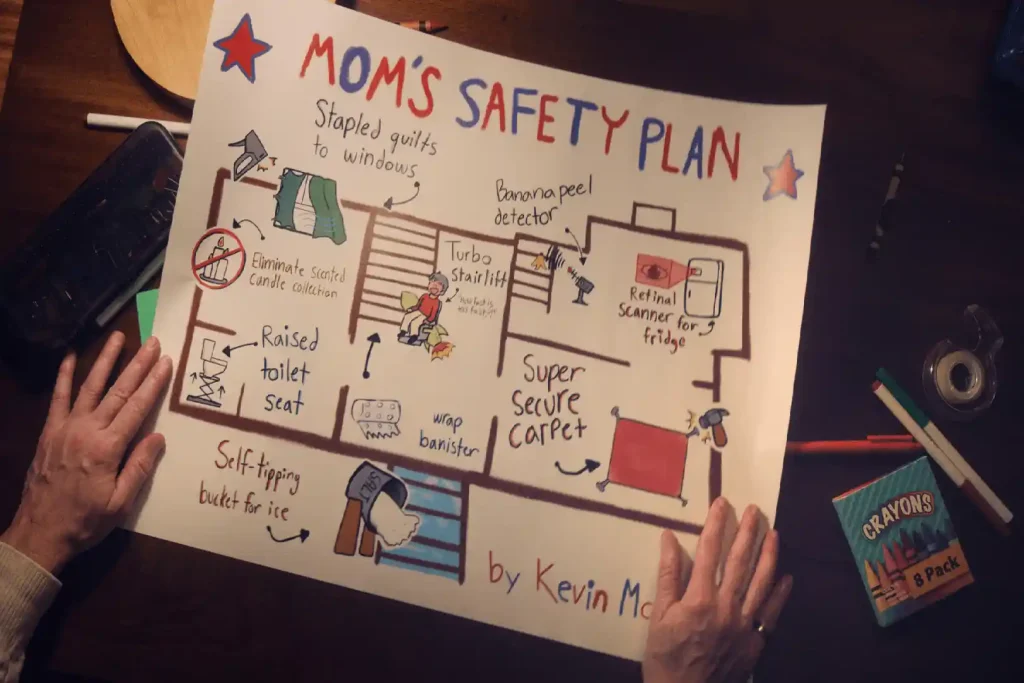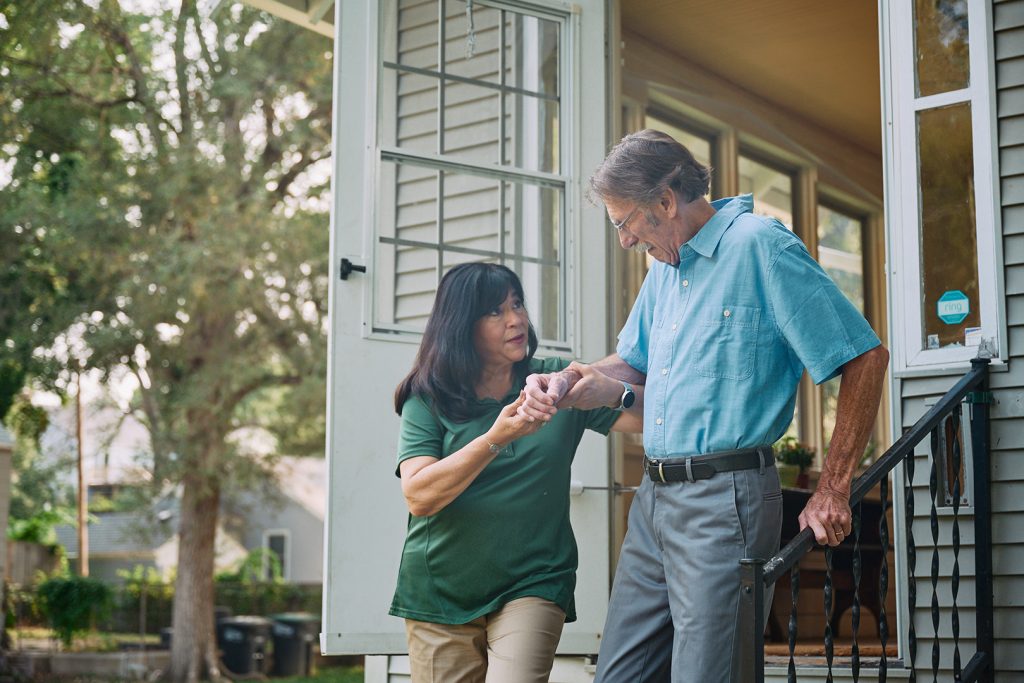How to Help Your Loved Ones Thrive
The Impacts of Senior Isolation and Loneliness
Loneliness and isolation among seniors are prevalent yet often overlooked issues that can have severe impacts on their well-being. As we age, significant life changes like declining health, loss of a spouse or family member, reduced mobility, and the inability to drive can increase the risk of social isolation.
Feeling alone and disconnected takes a significant toll. Seniors who experience chronic loneliness are at higher risk of:
- Worsening physical and mental health conditions
- Developing harmful lifestyle habits like poor diet, substance abuse, and inactivity
- Facing hazardous living situations due to lack of support
- Premature death
Research shows that loneliness poses a more significant threat to the well-being of elderly Canadians than alcoholism, obesity, or smoking 15 cigarettes per day. The health impacts of isolation cannot be overstated.
Why Seniors Become Isolated
Many potential catalysts can lead to loneliness and isolation among older adults:
- Health Issues and Mobility Limitations: As we age, chronic illnesses and decreasing mobility can make it extremely difficult or impossible to leave home independently. Mobility restricts a senior’s ability to participate in activities and social engagements.
- Loss of Independence: Giving up the ability to drive is a major source of isolation for many seniors who can no longer get around as freely. Relying on others for transportation limits their independence.
- Death of a Spouse/Partner: Losing a life partner is an incredibly difficult transition that can leave a senior feeling alone after decades of companionship.
- Family Separation: Having family members move away due to work, relationships, or personal circumstances can disrupt a senior’s closest support system.
- Lack of Local Connections: Seniors who remain isolated often need help developing new local connections and friendships if they’ve relocated or outlived their community ties.
Why Combating Isolation Is Critical
The combination of physical, mental, and emotional impacts of loneliness in seniors creates a concerning downward spiral. Isolated seniors are more likely to develop sedentary lifestyles, poor nutrition, and risky coping behaviours. This exacerbates existing health issues and emotional distress.
Maintaining robust social ties and a sense of community engagement is crucial for allowing seniors to thrive throughout their later years. Studies consistently link senior well-being with an active social life:
- Physical Health: Socially engaged seniors have lower blood pressure, reduced disease risk, and heightened mobility and energy.
- Mental Health: An active social life provides mental stimulation while reducing stress, cognitive decline, and risk of dementia.
- Emotional Health: Consistent interaction helps mitigate depression, anxiety, and sadness in seniors.
- Longer Life Expectancy: Researchers estimate that lacking social connection poses a similar risk to mortality as smoking 15 cigarettes per day.
How to Help Seniors in Your Life
So how can you support the aging loved ones in your life and help prevent isolation? Providing companionship and facilitating social connection is incredibly impactful.
1. Make Regular Social Visits a Priority
One of the simplest yet most meaningful ways to help is to pencil regular visits into your calendar and treat them as important commitments. For seniors with no close family, having a friend who makes an effort to routinely spend quality time together means everything.
2. Include Them in Your Routine
Do you have a weekly family dinner, monthly birthdays, or other standing traditions? Make an effort to involve your senior loved ones so they feel included in the social fabric of your life.
3. Help Facilitate Their Interests
What hobbies and interests does your loved one have that could allow them to cultivate community ties? Help them get set up with a seniors golf league, craft circle, book club, or any other group that aligns with their passions. It provides mental stimulation and a recurring reason to leave the house. For those unwilling or unable to get out of the house, consider helping them connect virtually.
4. Lend a Hand With Everyday Tasks
Mobility issues and the inability to drive can make even basic errands like grocery shopping a burden for seniors. Offer to help run a few key errands every week or month. You’re providing crucial assistance while also facilitating social interaction.
5. Listen and Provide Meaningful Engagement
Sometimes, what seniors cherish most is having someone willing to listen. Elder loneliness is often rooted in a lack of substantive interaction. Have real, engaging conversations about your loved one’s interests, reflections, and anything they wish to discuss in a judgment-free environment. Feeling heard and valued goes a long way.
6. Encourage the Use of Technology
While some seniors are reluctant to adopt technology, video calling, social apps, and virtual events present big opportunities to stay connected. Take the time to set up devices and walk through tutorials to open up their digital social options.
7. Enlist In-Home Support Services When Needed
If your loved one requires additional assistance beyond what you can personally provide, explore options for professional in-home care services. Having regular visits from a compassionate caregiver helps alleviate isolation while enabling seniors to thrive independently at home.
Creating a More Supportive Community
While personal efforts to engage lonely seniors in your life are impactful, senior isolation will remain an issue without broader community involvement. Here are some group initiatives that can make a difference:
- Community Volunteer Programs: Organizations facilitating neighborly check-ins, transportation assistance, meal delivery, and social visits for isolated seniors.
- Aging Community Centers: Local hubs where seniors can gather for recreational activities, exercise, continuing education classes, and communal meals.
- Affordable Transportation Services: Reliable public and private transportation options tailored to enable seniors to maintain independence.
- Intergenerational Programs: Opportunities facilitating social connections between youth and seniors through mentoring, combined activities, or living communities.
- Community Awareness Campaigns: Greater public education about the prevalence and risks of elder loneliness can inspire more people to take action.
We all have a role in being part of the solution to combat loneliness among aging populations. By prioritizing the social and emotional well-being of seniors in our own lives and advocating for larger community efforts, we can help our loved ones thrive throughout their golden years.
If you have an aging loved one who could benefit from compassionate in-home care services, contact Home Instead today at 416-698-1384 to learn how we can help them live their best life.






